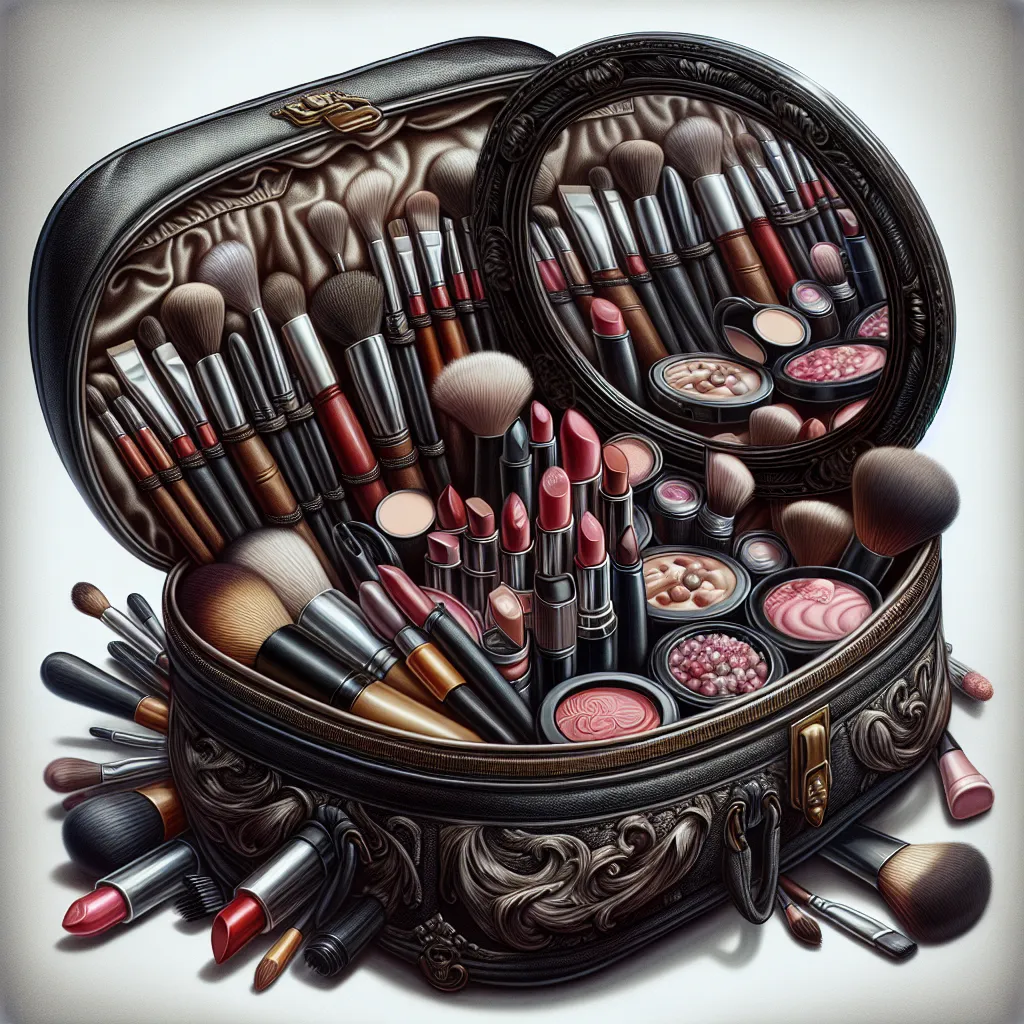Understanding Your Skin Type and Undertone
When it comes to mastering the art of choosing the right makeup cosmetics, understanding your skin type and undertone is crucial. One of the key elements in this process is finding the perfect foundation shade. Your foundation serves as the base for the rest of your makeup, making it essential to get it right. To uncover the ideal foundation shades for your skin, it’s important to first determine your skin type and undertone.
Understanding your skin type is the first step in selecting the right foundation shades. Whether you have dry, oily, combination, or normal skin, there are foundations formulated to suit your specific needs. Once you’ve identified your skin type, the next vital factor to consider is your undertone. Undertones can be categorized as cool, warm, or neutral, and this knowledge is crucial in finding the most complementary foundation shades for your complexion.
For more information on finding the perfect foundation shades for your skin type and undertone, you can explore a wide range of options foundation shades.
This comprehensive understanding of your skin type and undertone will empower you to confidently select the most flattering foundation shades, laying the perfect groundwork for a flawless makeup look.
Understanding Your Skin Type and Undertone
Choosing the right makeup cosmetics can be a daunting task, especially when considering the diverse range of products available in the market. One crucial aspect of selecting the perfect makeup is understanding your skin type and undertone. Your skin type, whether it’s oily, dry, combination, or sensitive, plays a significant role in determining which makeup products will work best for you. Likewise, identifying your undertone – whether it’s warm, cool, or neutral – is essential in ensuring that the makeup shades you choose complement your skin tone harmoniously.
Understanding your skin type is essential for choosing makeup products that will work well with your skin. For instance, individuals with oily skin may want to opt for oil-free and mattifying foundations and powders to help control shine, while those with dry skin may prefer hydrating and dewy-finish products to add moisture and radiance to their complexion. Similarly, individuals with sensitive skin should seek out hypoallergenic and fragrance-free makeup options to avoid potential irritations.
When it comes to undertones, it’s important to determine whether your skin has warm, cool, or neutral undertones. This can be done by observing the color of your veins – greenish veins typically indicate warm undertones, while bluish veins suggest cool undertones. Those with neutral undertones may have difficulty discerning whether their veins appear green or blue. Understanding your undertone is crucial when selecting foundation, concealer, and even lipstick shades to ensure that they enhance your natural features and blend seamlessly with your skin.
By taking the time to recognize your skin type and undertone, you can make informed choices when selecting makeup cosmetics that will not only suit your individual needs but also enhance your natural beauty.
Selecting the Perfect Foundation for Your Complexion
When it comes to selecting the perfect makeup cosmetics, choosing the right foundation for your complexion is crucial. The foundation serves as the base for the rest of your makeup, so it’s essential to get it right. With a wide range of options available in the market, finding the ideal foundation can be a daunting task.
Before making a purchase, it’s important to consider your skin type. If you have oily skin, look for oil-free or matte foundations that help control shine. For those with dry skin, a hydrating or luminous foundation can provide the necessary moisture for a smooth finish. Those with combination skin may opt for a foundation that balances hydration and oil control.
Another factor to keep in mind is your skin tone. Foundations come in various shades and undertones, so it’s important to choose one that matches your skin tone. Undertones can be warm, cool, or neutral, and selecting a foundation with the right undertone can make a significant difference in how natural the makeup looks on your skin.
Testing the foundation on your jawline or inner wrist can help you determine if it’s the right match for your skin. Natural lighting is best for assessing the true color and finish of the foundation. Don’t be afraid to ask for samples or testers to try out the product before committing to a full-sized purchase.
Lastly, consider the coverage and finish that you prefer. Foundations come in varying levels of coverage, from light to full, and finishes ranging from matte to dewy. Your personal preference and the occasion for which you’ll be wearing the foundation will determine the most suitable option for you.
By considering your skin type, tone, and personal preferences, you can confidently choose the perfect foundation that complements your complexion and enhances your natural beauty.
Accentuating Your Features with Eyeshadow and Mascara
When it comes to achieving the perfect makeup look, accentuating your features with the right eyeshadow and mascara is crucial. Choosing the right eyeshadow colors can help enhance the natural beauty of your eyes, while applying mascara can make your lashes appear longer and fuller. Understanding how to use these cosmetics to accentuate your features is essential for mastering the art of makeup application.
When selecting eyeshadow colors, consider your eye color to enhance and bring out the natural tones. For example, deep purples and plums can make green eyes pop, while shades of bronze and gold can complement blue eyes. Brown-eyed individuals can opt for rich shades of copper and mocha to accentuate their eye color. When applying eyeshadow, blending lighter shades into the inner corners of the eyes and darker shades into the outer corners can create a captivating, dimensional look.
Additionally, using a quality mascara can work wonders in adding volume, length, and definition to your lashes. Look for a mascara that offers the desired effect, whether it’s volumizing, lengthening, or curling. Applying mascara to both the upper and lower lashes can frame the eyes and complete the overall look.
In conclusion, mastering the art of choosing the right makeup cosmetics involves understanding how to use eyeshadow and mascara to accentuate your features. By selecting the appropriate eyeshadow colors and applying mascara strategically, you can enhance your natural beauty and create stunning makeup looks that highlight your best features.
Finding the Ideal Lipstick Shade for Your Look
When it comes to choosing the right makeup cosmetics, finding the ideal lipstick shade for your look is essential. The perfect lipstick can elevate your entire makeup look and tie everything together. The first step in choosing the right lipstick shade is to consider your skin tone. For fair skin, rosy pink and light peach shades tend to work best, while medium skin tones complement well with berry shades and coral hues. Deep reds and plums are stunning on darker skin tones.
Another crucial factor when selecting a lipstick shade is to take into account the occasion and the rest of your makeup look. For a natural, everyday look, opting for nude or MLBB (My Lips But Better) shades can effortlessly enhance your beauty. On the other hand, a bold red or deep plum can be the perfect choice for a glamorous evening look.
Furthermore, it’s important to consider the undertone of your skin when choosing a lipstick shade. If you have cool undertones, look for lipsticks with blue or purple undertones, whereas warmer undertones pair well with lipsticks that have hints of orange or brown.
Finally, don’t be afraid to experiment and try on different shades to see what suits you best. Visiting a makeup counter or store that offers samples can help you find the perfect lipstick shade for your look without committing to a full-size product.
By carefully considering your skin tone, the occasion, your skin’s undertone, and experimenting with different shades, you can find the ideal lipstick shade to complement and enhance your overall look.

